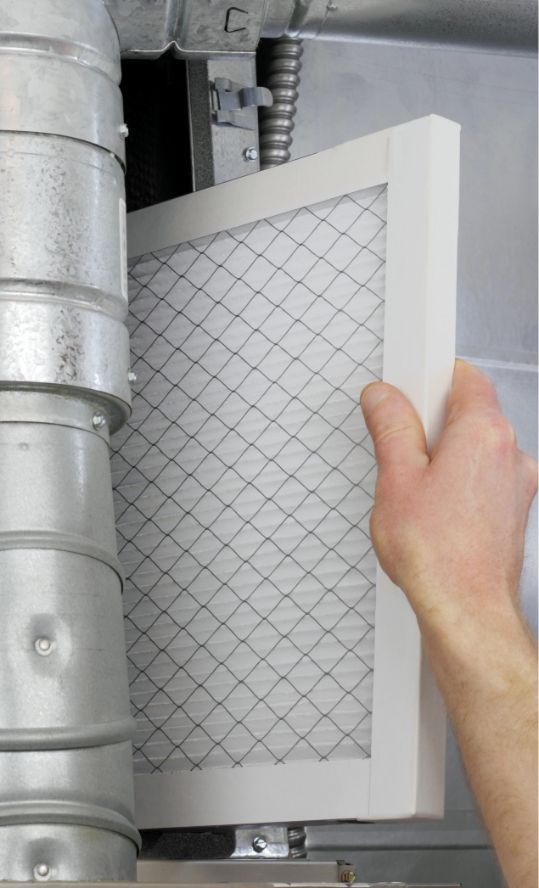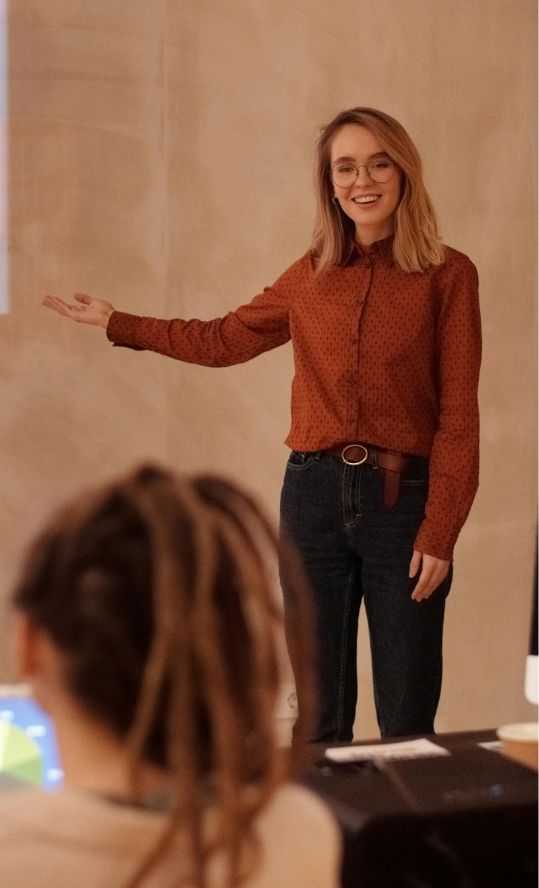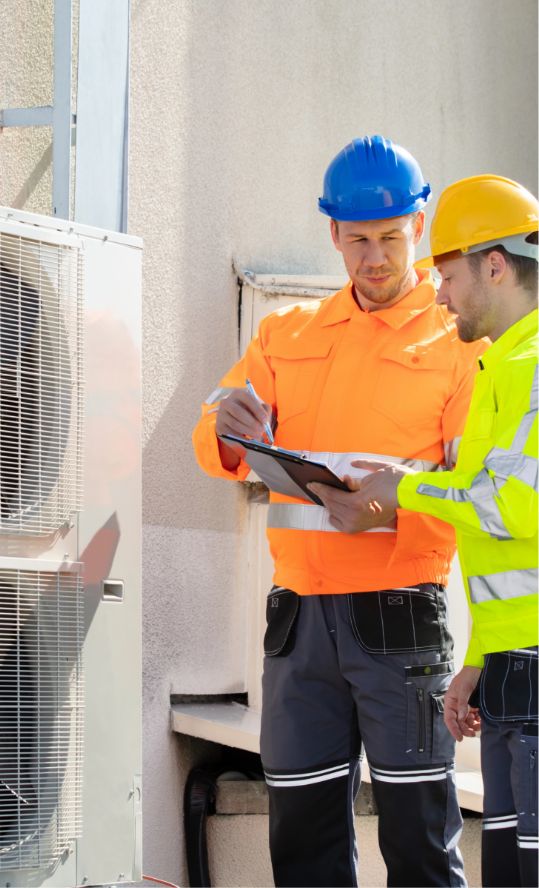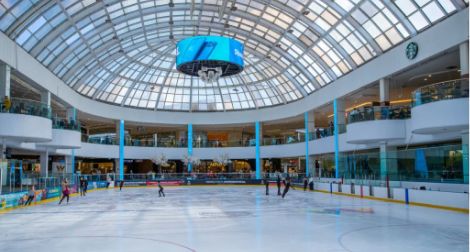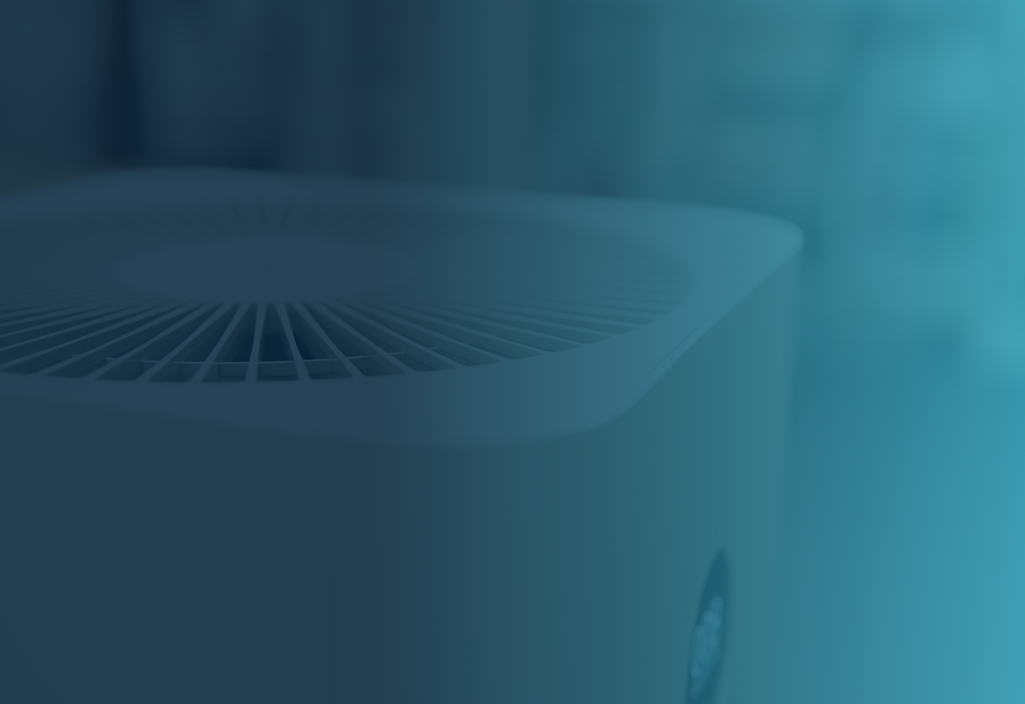
Re-Opening Restaurants Safely
A Safe And Healthy Environment For Your Patrons And Staff
The recent announcement of the re-opening of some businesses in Alberta, such as restaurants, is welcoming news but it also comes with expectations of a healthy and safe environment. The restaurant experience during, and post, Covid-19 will definitely be different. As we enter a facility, we notice the sanitation stations, excessive cleaning and disinfection, physical separation, and the wearing of masks. These are all very visual protocols and, in many cases, practised to make us feel safe.
But what about what we do not see? We now know conclusively that the Sars CoV-2 virus is transmitted via the airborne route. What can a restaurateur do to give their staff and patrons peace of mind about the air quality in the space? This can seem to be a daunting task as few restaurateurs own their own building and in many cases are just one business in a larger complex. Even if you do not have access or control over the ventilation systems, you should have some expectations that they are meeting design and current operational standards such as ASHRAE Standard 62.1 “Ventilation for Acceptable Indoor Air Quality.”
If you are leasing a space, reach out to the facility operations personnel to get an update on what measures they have taken to provide a safe and healthy environment.
What You Can Do
The suggestions listed below can be accomplished with minimal outlay of capital using the existing mechanical equipment.
Ensure Ventilation Meets ASHRAE Standard 62.2019 Guidance
Check with your landlord or an HVAC professional to ensure that the guide is being met. If your area is designed for 6 air changes per hour (ACH) make sure you are getting them? Ask what percentage of the ventilation is outdoor air (OA)?
Upgrade Filtration Levels
MERV 13 or better and verification that the filtration systems are meeting this level both in product and fit.
Run Fan and Air Systems to Cycle Air
Running your air handling systems pre- and post-occupancy to flush the air in the space. Recommendations are for ~ 3 air changes which should be about 30 minutes in a well-ventilated space. Run exhaust fans in bathrooms and kitchen continuously while the space is occupied and during pre- and post-flush.
Hire Knowledgeable Technicians
If you are responsible for the servicing of the air handling units then you will need to make sure that technicians performing the filter change have the training and proper personal protective equipment (PPE). Waste filter products will also need to be disposed of in a safe manner.
Monitor Your Humidity And IAQ
Relative Humidity (RH) is a key component in reducing airborne transmission and aiding in our bodies natural capabilities to fight infection. Industry experts have recommended an RH in the 40-60% range. This is extremely difficult to accomplish in an Alberta winter, but you need to know what the RH is in your space. Monitoring your space for key Indoor Air Quality (IAQ) parameters such as RH, carbon dioxide, ACH, and particulate. Display results if possible. You might find that this could be a competitive advantage. Be able to communicate with staff and patrons on the steps made to enhance the air quality. There is a very good chance that in this new environment you will be challenged with questions related to IAQ? Would you be able to answer them?
Acknowledge Your Accomplishments
If you have increased ACH or upgraded the filtration system these are all positive steps in providing a safe and healthy environment. Patrons and staff will not be aware of these changes unless you tell them!
Supplement Ventilation
If you need to supplement ventilation, or the lack of filtration, consider strategic placement of portable fan/HEPA filter room air purifiers especially in higher risk areas that are not getting the proper ventilation or have a higher occupancy load than other areas.
Get in Touch With BGE
There is no one silver bullet that will guarantee a Covid-free environment. Our expectations need to be for the safest and healthiest environment that our HVAC equipment is capable of delivering. Just because we cannot see it does not make it any less important or urgent.
If you have any questions or would like some guidance on how to navigate these recommendations, please don’t hesitate to get in touch with us.

Your Partners In Clean Air
Call 780-436-6960 today to speak with a BGE Clean Air Advisor.
